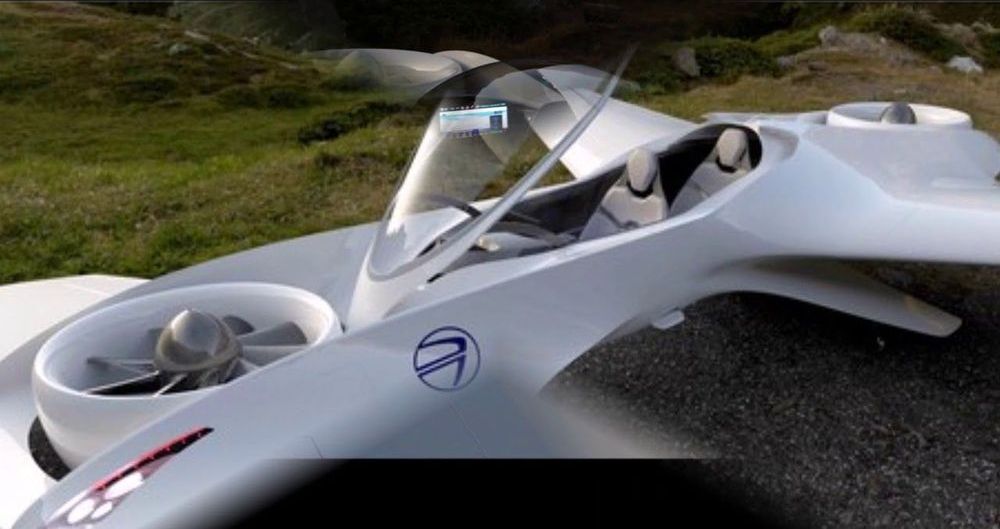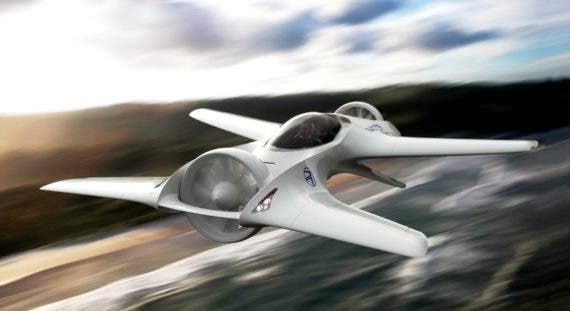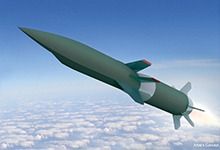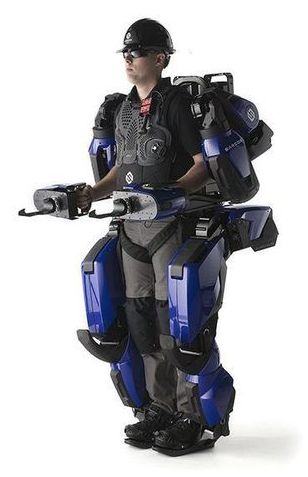https://youtube.com/watch?v=mGz_QKbNm18
The DR7 is designed to be a personal commuter aircraft. So far, a 1/3 scale full composite proof-of-concept aircraft has been tested successfully. In order to minimize the propeller hazards, the rotors have been enclosed. They are tilted downwards for vertical take-off and landing (VTOL) launches and landings. They tilt horizontally to go forward. And all of this fits into a regular car garage.
http://www.deloreanaerospace.com/
Short of the revolutionary Burt Rotan wild aircraft designs, airplanes have changed little over the past decades. Winged-cylinder with a propulsion system is how we travel through the air. Unless you have the astronomical budget the military enjoys to design hypersonic aircraft, not for the general public, the choice is simple — airplanes or helicopters. DeLorean Aerospace just announced that its DR7 should fly by the end of 2018. That would shake things up, but is it practical, viable, for real?
In the 1980s, the DeLorean Motors Corporation gave us a break from the ho-hum cars sold everywhere by offering an aesthetically pleasing aerodynamic car. Eventually, DeLorean Aerospace picked up where its four-wheel parent left off, with a uniquely designed aircraft, the DR7. Although the name more or less gives it away, the company was founded in 2012 by Paul DeLorean, John DeLorean’s nephew. The mission was to develop a flying car.










